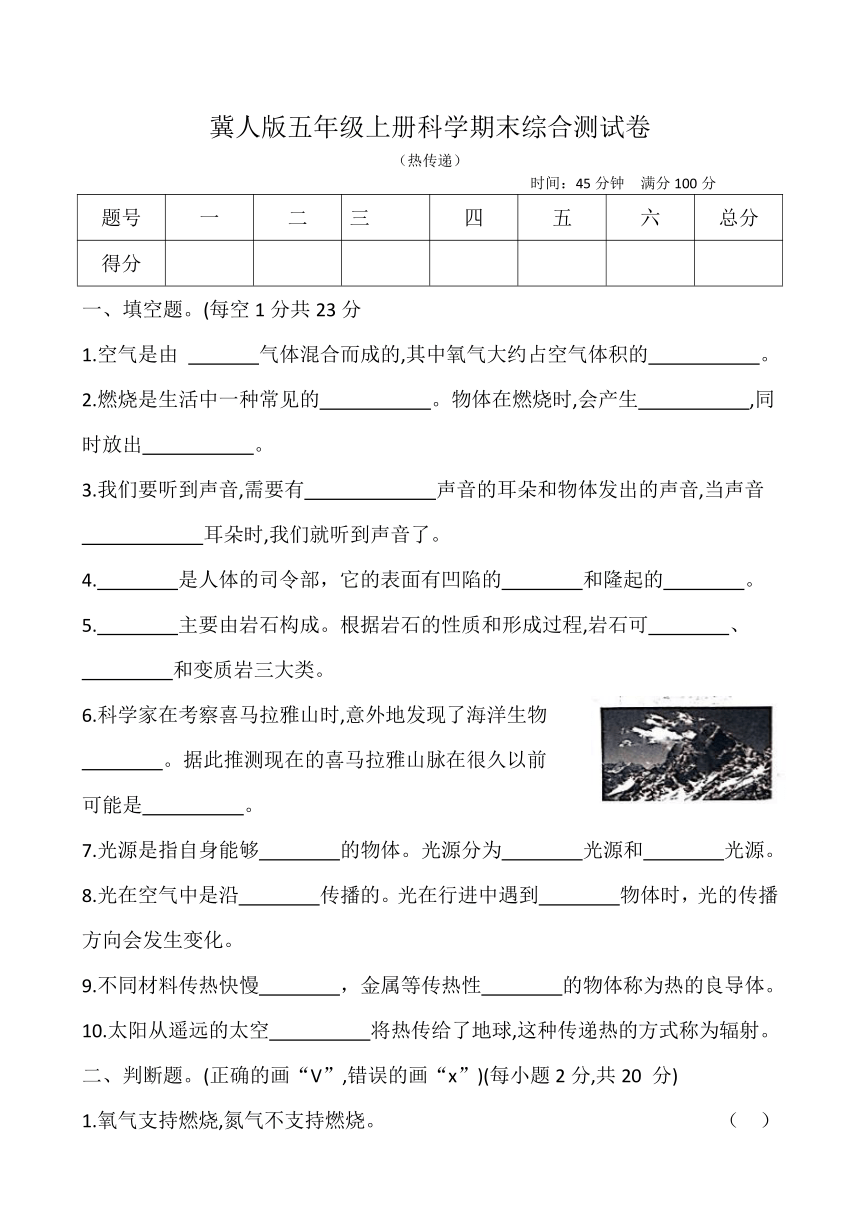译林版(2020)必修第三册 Unit 4 Scientists Who Changed the World Reading 教案
2024-06-07 18:25:58 学考宝 作者:佚名
Word文档版
学考宝(xuekaobao.com)友情提示:html格式不完整,如有需要请根据文末提示下载并进行二次校对Word文档。
Unit 4 Scientists Who Changed the World Reading 教案
I. Teaching Background
This unit focuses on introducing students to some of the remarkable scientists who have made significant contributions to the world. The reading part provides in-depth information about these scientists and their achievements.
II. Teaching Objectives
To help students understand the text about the scientists in detail.
To improve students' reading skills, such as skimming, scanning, and in-depth comprehension.
To enhance students' ability to analyze and evaluate the significance of the scientists' work.
To expand students' vocabulary related to science and innovation.
To encourage students to express their own opinions and thoughts about the scientists.
III. Teaching Key Points
Understanding the main ideas and details of the text.
Mastering key vocabulary and expressions.
IV. Teaching Difficult Points
Comprehending complex scientific concepts and terms.
Guiding students to make critical thinking and connections.
V. Teaching Methods
Task-based teaching to engage students actively.
Interactive discussion to promote students' thinking and communication.
Reading strategies guidance to improve reading efficiency.
VI. Teaching Aids
Textbook.
Multimedia resources, including pictures and videos of the scientists.
VII. Teaching Procedure
Pre-class Preparation
Ask students to do some research on one of the scientists mentioned in the unit and be ready to share in class.
Step 1: Lead-in (10 minutes)
Show some pictures or short videos of famous scientists to arouse students' interest.
Have a brief discussion: Who are these scientists What are their contributions
Step 2: Vocabulary Preview (15 minutes)
Present the key vocabulary related to the text on the PPT.
Explain the meanings and usages of the words with examples.
Have students repeat the words and make simple sentences using them.
Step 3: Reading Comprehension (40 minutes)
Skim the text quickly and ask students to find the main idea.
Do a detailed reading:
Divide the text into several parts and guide students to understand each part.
Explain difficult sentences and scientific terms.
Ask students to answer some detailed questions to check their understanding.
Have students summarize the main achievements of each scientist.
Encourage students to ask questions and discuss any doubts they have.
Step 4: Text Analysis and Discussion (30 minutes)
Group students into small teams.
Pose the following questions for discussion:
Why are these scientists considered to have changed the world
What qualities do these scientists possess
How does their work affect our lives today
Each group presents their discussion results.
Have a whole-class discussion to further explore the ideas.
Step 5: Extension (20 minutes)
Ask students to think about other scientists they know and their contributions.
Have students share their thoughts and ideas about the importance of scientific innovation.
Step 6: Summary and Assignment (15 minutes)
Summarize the key points of the lesson, including the main ideas and vocabulary.
Assignment: Write a short passage about one of the scientists they like and explain why they think this scientist is important.
VIII. Blackboard Design
Write the key vocabulary, main ideas, important questions, and students' good ideas on the blackboard.
IX. Reflection
After the lesson, reflect on the teaching process, students' performance, and the effectiveness of the teaching methods. Consider how to improve the lesson for better learning outcomes in the future.
This detailed teaching plan aims to help students have a comprehensive understanding and in-depth exploration of the reading text, while also cultivating their language skills and critical thinking abilities.
图片资源预览





















